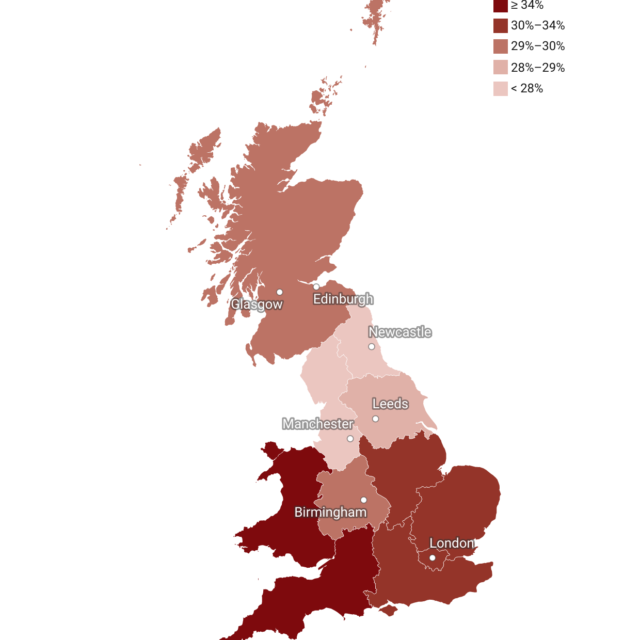Exploring Alternative Data Sources for Household Wealth Statistics
Household wealth is a crucial indicator of living standards, and can be used to assess financial resilience. The Wealth and Assets Survey (WAS) is the most comprehensive source of this data, but there are limitations. This paper explores those limitations and assesses alternative data sources for wealth.
 Pub. Date
Pub. Date
 Pub. Type
Pub. Type

Main points
- The WAS demonstrates an overall high quality in its coverage and measurement of pension wealth, especially within the middle range of the distribution. There is a potential for under-coverage at the upper end of the wealth distribution. However, this limitation is not deemed particularly critical for assessing pension wealth.
- Pension wealth exhibits under-coverage, particularly at the lower end of the distribution. This presents significant consequences for comprehending welfare and distributional issues, particularly among the retired and elderly populations.
- We propose an innovative microsimulation approach to leverage the rich data from the WAS for a more accurate estimation of pension wealth at both individual and cohort levels.
- We recommend a one-time wealth survey focused on the lower wealthy households – and focused particularly on policy-critical sub-populations – the young, self-employed, poor and women to address pension wealth data gaps for the bottom half of the distribution.
This paper aims to explore and assess alternative data sources for wealth in order to improve existing pension wealth statistics. We find that, notwithstanding some limitations, the Wealth and Assets Survey (WAS) is currently the most comprehensive source. Then, we conduct a comparative analysis of WAS against alternative data sources, including potential new sources. Our findings suggest that, despite WAS being somewhat good at capturing variations in pension wealth across the population, it appears deficient in capturing well pension uptake for the lower three deciles. Together, pension wealth at the top end is also under-reported. We recommend using alternative sources of information, such as a one-time survey and/or using a microsimulation approach to complement the available data.



















